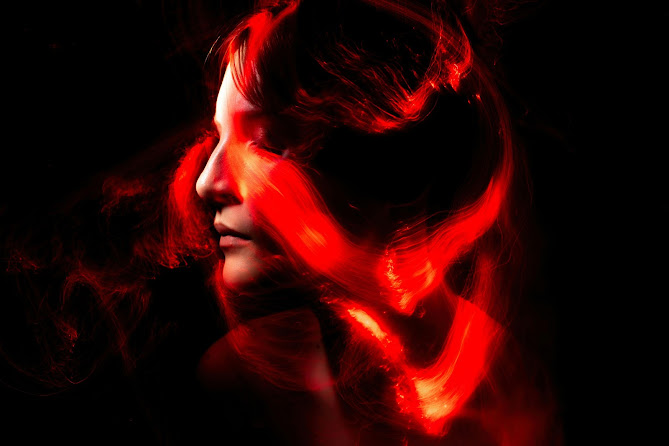Artificial light is any form of light that is produced by human-made sources, as opposed to natural light from the sun, moon, or stars. It plays a crucial role in photography, allowing photographers to capture images in low-light environments, at night, and with greater control over the lighting conditions than is possible with natural light. There are various types of artificial lights used in photography, each with its own characteristics, advantages, and disadvantages. Here are some of the most common types and their uses:
1. **Tungsten (Incandescent) Lights**: These are traditional light bulbs that use a filament to produce light when an electric current passes through it. They emit a warm, soft light and are often found in photography studios for portrait and still-life work. They are relatively inexpensive and easy to use but can be less efficient than some other light sources.
2. **Fluorescent Lights**: These lights are energy-efficient and come in various color temperatures. They are commonly used in studio setups for their consistent and diffused light. They can be found in softboxes or as continuous lights.
3. **Halogen Lights**: Halogen lights are similar to incandescent bulbs but have a higher color temperature and are more powerful. They are often used as on-camera flashes or in portable lighting kits for their compact size and strong light output. However, they can generate a lot of heat.
4. **Flash Lights (Strobe/Speedlite)**: Flash lights are a form of artificial light that produces a brief burst of light. They are commonly used in photography for fill light, to freeze motion, and to balance light in outdoor shots. They are available as on-camera speedlites or as off-camera studio strobes with modeling lights.
5. **Monolights**: These are self-contained studio lights with a single head and power pack. They offer high power and fast recycling times, making them suitable for professional studio photography.
6. **Softboxes**: Softboxes are light modifiers that attach to the front of strobes or monolights to create soft, diffused light. They come in various sizes and shapes, which can be used to create different effects for portrait, product, or still-life photography.
7. **Umbrellas**: Photographic umbrellas are reflective or translucent and are used to diffuse and soften light from a flash or strobe. They are often used in portrait and fashion photography.
8. **Reflectors**: Reflectors are used to bounce light from a main light source onto a subject to fill in shadows or add highlights. They can be made of various materials like white foam, silver, or gold to create different effects.
9. **Led Lights**: LED lights are becoming increasingly popular due to their energy efficiency, long lifespan, and low heat output. They come in various forms such as panels, strip lights, and video lights and can be used for both continuous lighting and flash.
10. **Continuous Lights (Video Lights)**: These lights are designed for video but are also used in photography, particularly for filming behind-the-scenes footage, time-lapse, or when constant light is needed for focus and composition.
11. **Gel Filters**: Gels are colored plastic sheets placed over lights to change their color temperature or add color effects to images. They are useful for matching the color of artificial light to the ambient light or creating dramatic effects.
12. **Light Stands and Boom Arms**: These are essential accessories for positioning lights at various heights and angles, providing flexibility in lighting setups.
13. **Ring Lights**: These are circular lights that attach to the front of the camera lens and provide a ring of even light around the subject, reducing shadows and creating a distinctive look commonly used in portrait, beauty, and macro photography.
14. **Snoots and Barn Doors**: These accessories shape and control the light beam, allowing photographers to create specific light patterns and reduce spill on set.
15. **Fresnel Lights**: These lights have a lens that focuses the beam of light, making it more directional. They are used in film and theater production and can be used in photography for creating a dramatic, focused light effect.
16. **PocketWizards and Trigger Systems**: These wireless devices allow photographers to control off-camera flashes and strobes remotely.
17. **Light Meters**: A light meter measures the amount of light in a scene to determine the correct exposure settings for a camera.
Each type of artificial light has its specific use and purpose, and photographers often combine multiple sources to achieve the desired lighting effect. Understanding how different types of artificial light behave and affect the scene allows photographers to make informed decisions and create the desired mood and atmosphere in their images.
